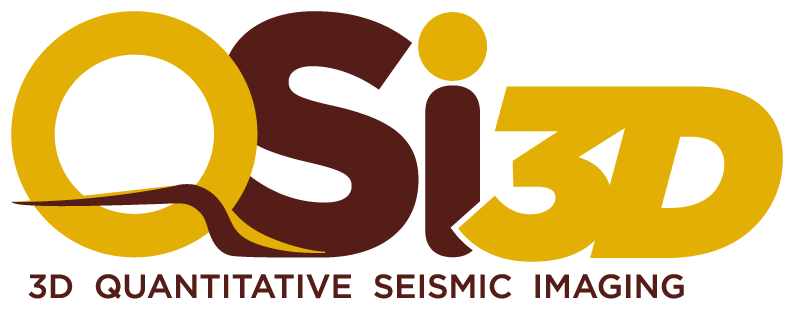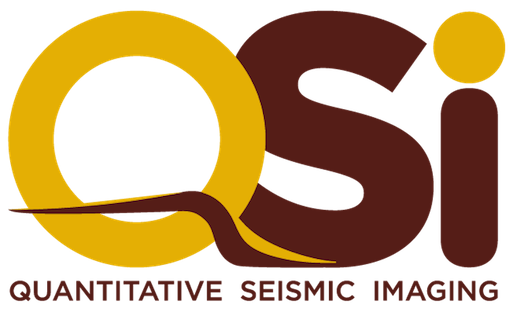SAND Geophysics
Quantitative Seismic Inversion
SAND has developed a family of seismic processing and inversion algorithms specifically tuned for application to high-frequency, marine near-surface seismic reflection data. Broadly these are grouped into two software suites, QSI and QSI-3D, which deal with 2D and 3D data, respectively.


Quantitive Seismic Imaging
The software includes bespoke imaging algorithms that have been developed to maximise the penetration and resolution of a variety of UHR marine seismic reflection data. These include algorithms capable of handling the irregular spatial sampling, high frequency content, and contamination by coherent noise (specifically source/receiver ghosts and seafloor multiples). Time and depth imaging versions are available.
Quantitative Imaging
Seismic Inversion
By far the most novel component of QSI are a family of seismic inversion codes that use the amplitude, phase, and frequency content of seismic reflection data to derive quantitative information regarding the nature of the seabed and near-surface sediments. A range of different machine learning approaches can be applied, depending on the data/project requirements, permitting both bulk physical properties (e.g., P-wave velocity, bulk density, and porosity) as well as more advanced geotechnical properties (e.g., undrained shear strength, relative density, and soil classification) to be derived and mapped at a resolution controlled by the geophysical data.
The figure on the right shows an example where relative density (Dr) was derived from Chirp SBP data and mapped a high fidelity over a large area.
Seismic attributes are properties derived directly from the seismic trace using some form of mathematical manipulation. These can include attributes that look at traces individually (such as instantaneous frequency) or collectively (such as structural dip). SAND have developed workflows to combine relevant attributes together that effectively highlight key structural features in a semi-quantitative manner. Effectively highlighting these often subtle facets in a way that permits efficient communication to other data users.
The figure on the left shows an example where several attributes have been combined to highlight free gas migration pathways within the shallow subsurface.
Interval velocities
The acquisition of multi-offset seismic reflection data is now standard practice for most large offshore site surveys. This offers a significant improvement over single-channel data, both in terms of image quality but also the ability to derivate a subsurface velocity model. SAND have developed several algorithms and workflows specially designed to derive high quality interval velocity models from typical ultra-high-resolution seismic reflection data, permitting these data to be pre-stack depth migrated.
As well as providing significantly improved images and explicitly presenting the data in the more useful depth-domain, a high-resolution interval velocity model also provides an excellent sediment discrimination. The figure to the right display depth migrated profile, alongside the same profile overlain by interval velocities.
Q-factor Quantification
Q-factor is a way of quantifying the seismic wavefield attenuation, which is the energy lost as it moves through the sub-surface. Q-factor has been shown to be strongly linked to the hydraulic permeability, essentially differentiating between cohesive versus granular behaviour of sediments. As a result, Q-factor analysis can provide useful, high level information about the compressibility of near-surface sediments, as well as providing gas saturation estimates for shallow gas fronts.
Seismic imaging & inversion
High fidelity Quantiative imaging
These algorithms have been successfully applied to a broad spectrum of UHR marine seismic data, including Chirp, Boomer, Sparker, and Airgun sources. All inversion algorithms are cast within a stochastic framework, allowing property envelopes (i.e., 95% confidence estimates) to be provided as well as ‘best’ estimate solutions.
Please contact us with your project requirements for more details.